Are Your Household Cleaning Products Too Toxic To Go Down The Drain?
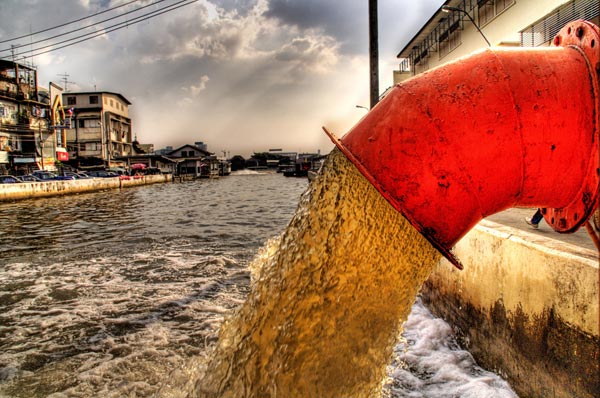
If you’ve read UnDiet, The UnDiet Cookbook or this blog for any length of time, you know that my approach to life extends far beyond what we eat. We inherently know that food affects our health, but the connections between health and our personal care products, home cleaning products, shower system, bedding, clothing, plastics, appliances and furnishings seem to take a bit longer. Once we make those connections, we might have the urge to toss everything down the drain or in the garbage. But take a beat and consider this: Are your household cleaning products too toxic to go down the drain?
This one simple question became so disturbing to me over time, that eventually I created a whole course to help people make their homes healthy. This is a critical part of overall health that is too frequently ignored.
I have written about the chemicals we use every day in our cleaning supplies in the UnDiet chapter “Au Naturelle”. In the book, I describe in detail on page 206 how the chemicals we use in our everyday self and home care:
“Common chemicals found in everyday cosmetics and cleaning products are dousing us in poison. It’s easy to get hooked on the stuff. Cutting out toxic nail polish will have no negative effects on your quality of life, nor will switching from a toxic cleaning spray to one that doesn’t bare a skull and crossbones. The effect on your radiant complexion can be massive, in a good way… Imagine how your liver, skin and other detox organs would sing if they didn’t have to be choking on the chemicals we throw at them daily.”
There are a number of items we commonly use – makeup remover, shoe polish, disinfectants, laundry bleach and toilet bowl cleaners – that are too toxic to go down the drain.
Products that we use on our skin, our kitchen counters and to unclog our drains can’t actually go down the drain because they are considered hazardous waste.
Taking your old multi-purpose kitchen cleaner and nail polish remover and dumping them down the drain is not the solution to getting these products out of our lives. After all, there is no away. All of these things end up somewhere. What we pour down the drain will eventually make its way back into our body through the water supply; what we toss in the garbage will impact the environment.
Those chemicals are viciously strong little devils that persist in our environment and in our cells, being passed on from mother to child in utero.
I go into a rage blackout when I see store owners carrying their bucket of bleach saturated water out to the drains in the street to dump them straight into our sewers. The chlorine and fluoride in our water is bad enough on its own, there’s no need to create a greater chemical cocktail!
When you make the switch to natural products, please dispose of your old products responsibly and thoughtfully.
What you can and can’t pour down the drain or toss in the garbage will depend on where you live. Check with your municipality, either online or by phone, for best practices.
What Not to Flush, Pour Down the Drain or Toss in the Garbage
Household waste that should never be poured down the drain or tossed out with household garbage includes:
- Cooking oil
- Fat or grease (this includes meat drippings, lard, butter or margarine, gravy, and dairy products)
- Medications
- Personal care products, including perfumes, aftershave, antibacterial soaps, hair dye and hairspray
- Paints, stains, coatings and their containers – this includes nail polish
- Paint thinners, strippers, degreasers and other solvents – this includes oven cleaners, drain cleaner, metal/jewelry cleaner, polish remover, some make-up removers, toilet bowl cleaners, bathroom cleaners, kitchen cleaners, etc.
- Bleach and ammonia
- Single-use batteries (get rechargeable!)
- Pressurized cylinders that held propane, oxygen, helium or other gasses – think of aerosol products like cooking sprays, hair sprays, mousse and air fresheners
- Fertilizers and pesticides, including the ones on conventional produce
- Helium and propane tanks/cylinders
- Vehicle engine antifreeze/coolant and their containers
- Empty lubricating oil containers and lubricants – this includes personal lubricants and petroleum jelly (can’t put it down the drain, but you can put it in those private spots!)
- Oil filters
- Swimming pool chemicals
- Wipes (baby wipes or cleaning wipes cannot be flushed – they can go in the garbage though)
This is not an exhaustive list, but a good starting point for thinking about what you have, its impact and what you may be able to use instead. Cleaning up your clean-up regime is important. Simply getting rid of the goods and throwing them to the land of “away” is not an option. It’s dangerous and irresponsible. I encourage you to do your research about the best way to dispose of items where you live.
How to Get Rid of Household Waste Safely
The city of Toronto has a service called the Toxic Taxi where they will come and do curbside pick-up of your toxic waste products. Check in with your city, town, province or state to see if there is a similar service in your area.
The fact that the government provides free services to ensure these products don’t end up in our landfills and water systems says a lot. It takes some extra effort to dispose of hazardous products responsibly, but the impact on our health, the health of the environment and the health of future generations depend on it.
Once you have gotten rid of these toxic items, it’s time to replace these products with natural alternatives you can use daily. These alternatives are easy to make if you’re so inclined, are effective and have a pleasant scent – or, as I often, say, no scent at all.
Free Resource Library
Enjoy more than 40 downloadable guides, recipes, and resources.
What You Can Use Instead
There are, thankfully, loads of safe products you can buy in your local health food store. With the increase in awareness, many mainstream brands also carry safer, or safe options. It is well worth any extra investment, not just for the health of the planet, but more directly, the health of your family.
In my home, we usually don’t buy cleaning products (and when we do, I buy them from our local refill shop using our own containers). I make a lot of them, and have shared my best Healthy At Home tips and cleaning recipes in this course.
I also have a module dedicated to home cleaning and natural beauty care in The Culinary Nutrition Expert Program.
Best Natural Cleaning Ingredients
- Baking soda (sodium bicarbonate): An all-purpose, non-toxic cleaner. It cleans, deodorizes, scours, polishes and removes stains.
- Borax (sodium borate): It deodorizes, removes stains and boosts the cleaning power of soap. It also prevents mold and odours.
- Arrowroot starch: Cleans and deodorizes carpets and rugs.
- Lemon juice: Cuts through grease and stains on aluminum and porcelain.
- Pure soap: Cleans everything.
- Table salt (sodium chloride): A mild disinfectant and makes an abrasive, but gentle, scouring powder.
- Vinegar (dilute acetic acid): Removes mildew, stains, grease and wax buildup. Vinegar is a great glass cleaner.
- Washing soda (sodium carbonate): Cuts grease and disinfects. It will also increase the cleaning power of soap.
More Natural Household Ingredients, Advice and Information
- The Ultimate Guide to Non-Toxic Home Cleaning
- 5 Essential Oils to Clean Your Home
- 13 Ingredients to Avoid in Personal Care Products
- 10 Non-Toxic Home Cleaning Recipes
- 20 Best Natural Beauty Care Recipes
- Natural Bedding and Linens Guide
- How to Know If Your Essential Oils are Top Quality?
- The Unfreshening Ingredients in Toxic Air Fresheners
- Is Your Shower Harming Your Health?
- Natural First Aid Kit for Home and Travel
- Unpacking My Makeup: What I Use and Love
- Natural Tooth Whitening Recipes
- Can You Get Cancer From Deodorant?

Image courtesy of http://www.kleenkuip.com
Free Resource Library
Enjoy more than 40 downloadable guides, recipes, and resources.















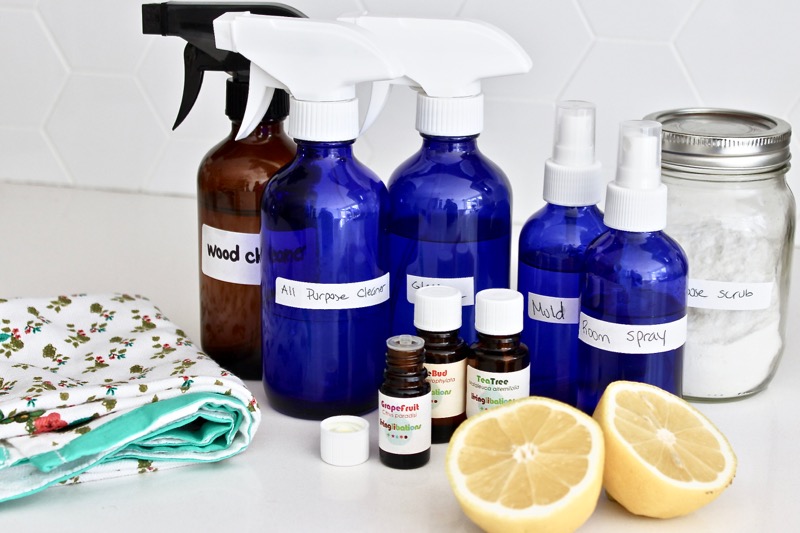
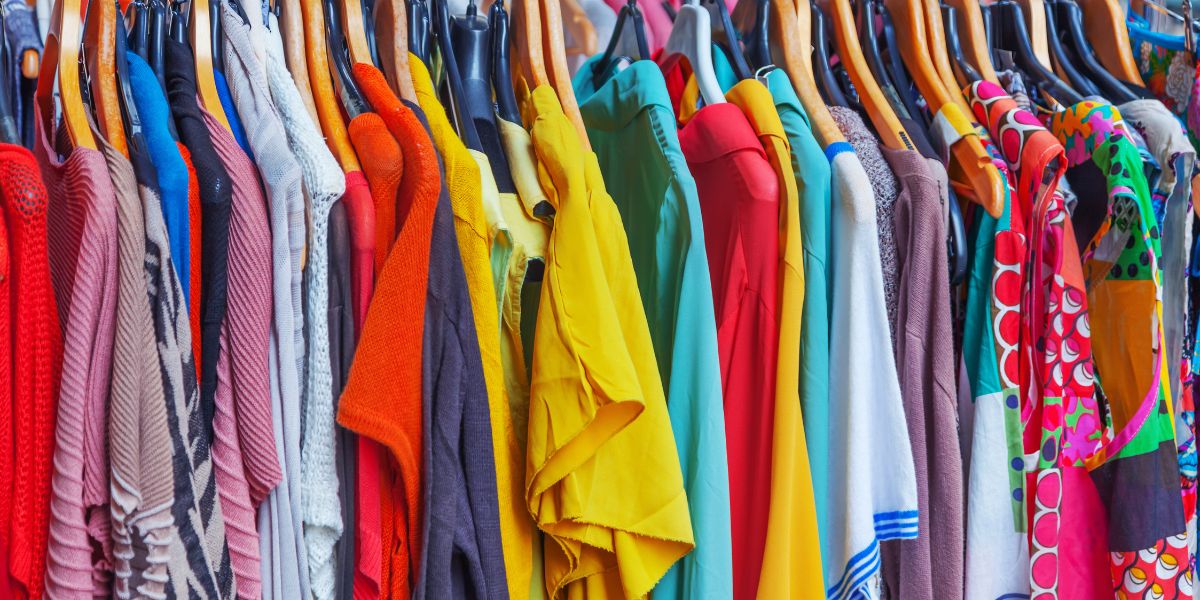
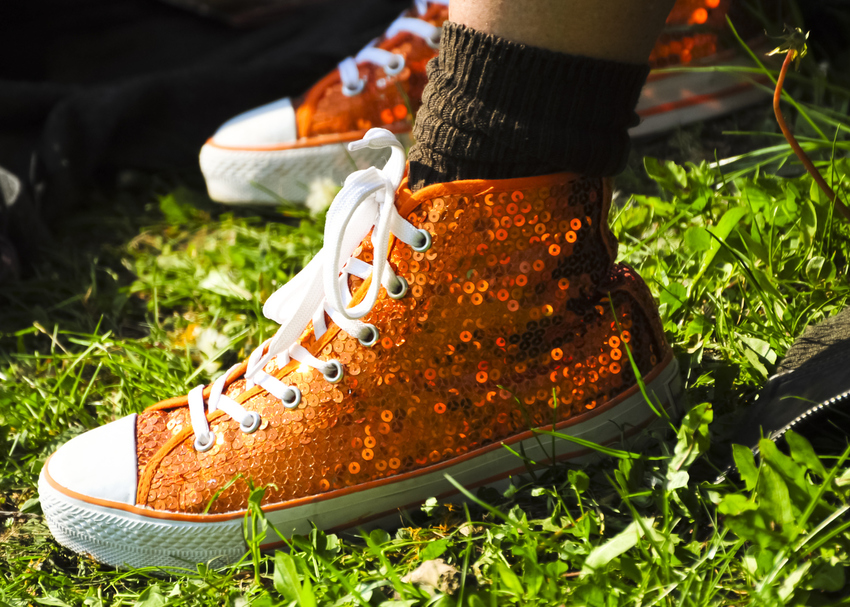
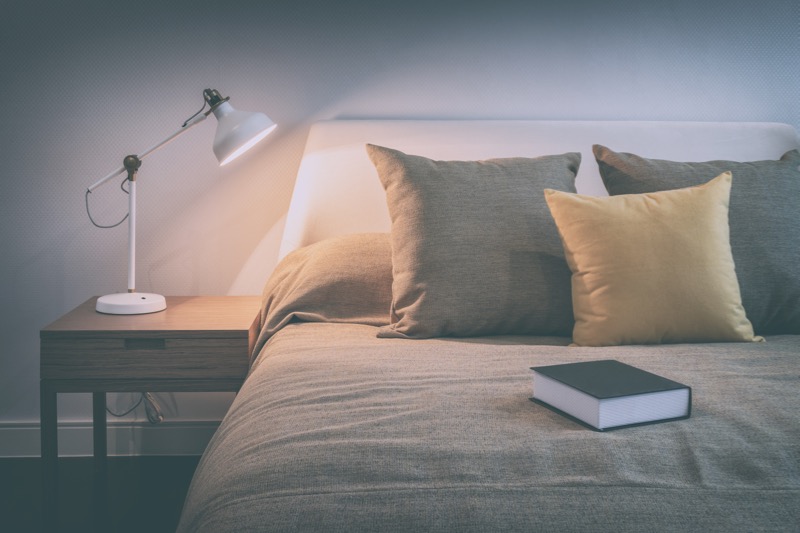
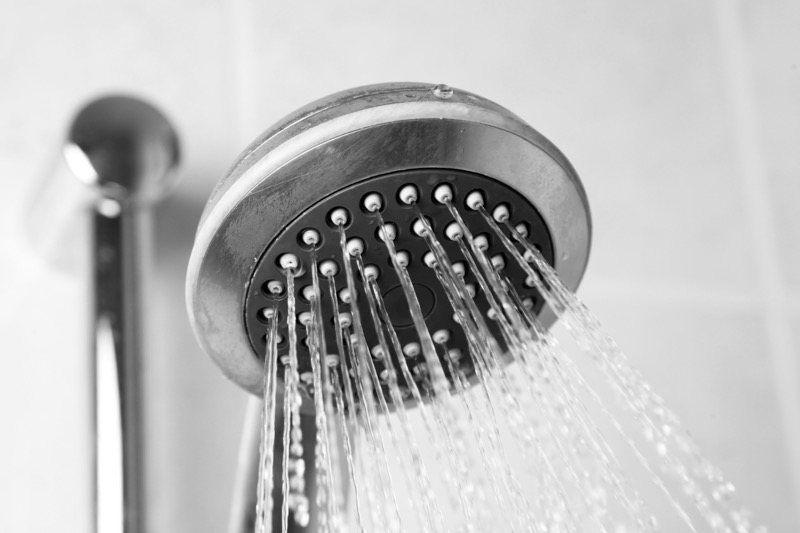
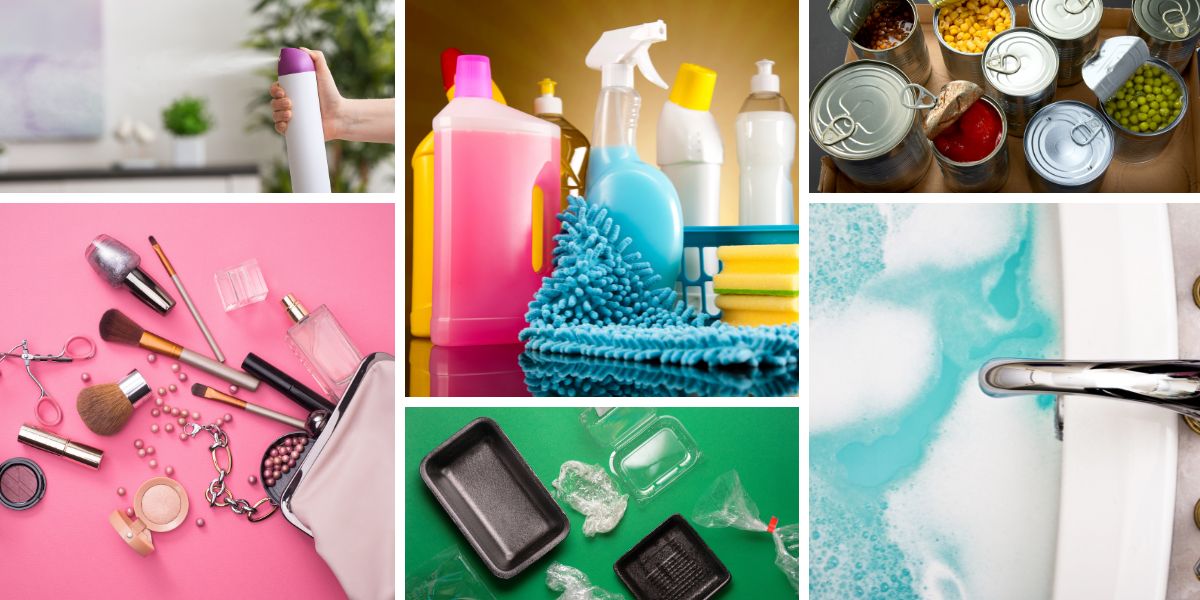
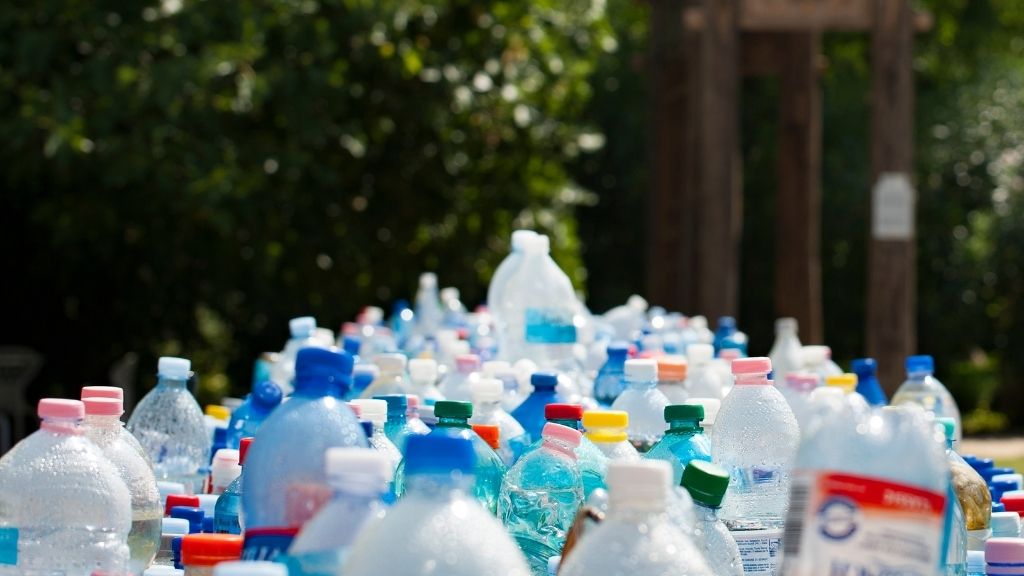

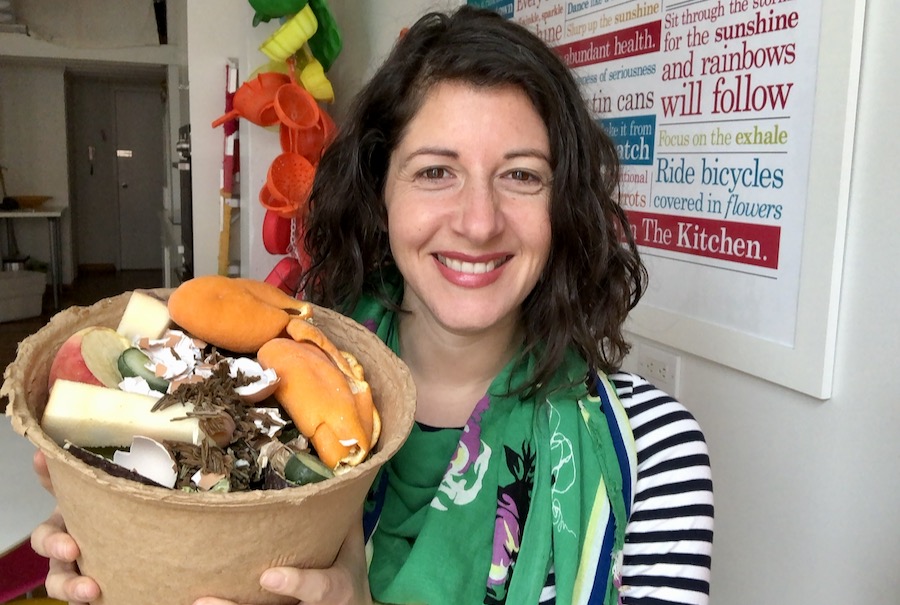
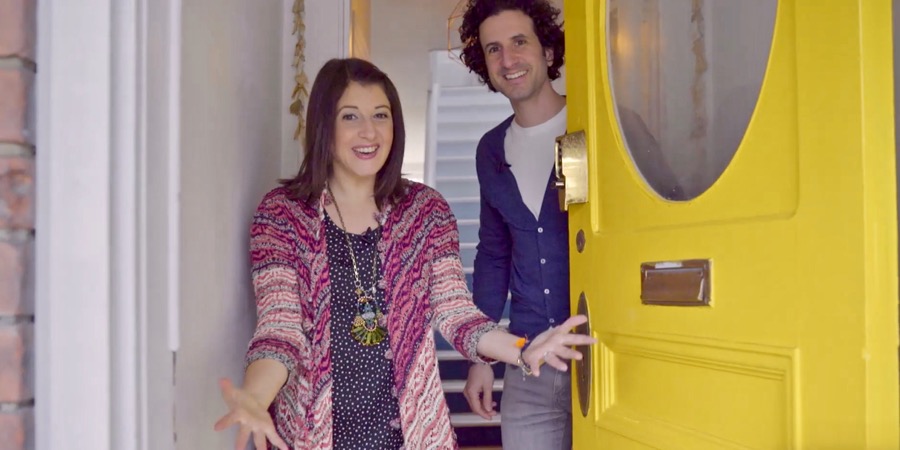
[…] products so you can choose wisely at the store. And when disposing of your old, toxic products, follow this guide to do it safely and […]
Excellent information. I am familiar with a few of the products you mentioned that are not good for drains, but others I had no idea they were unsafe and so dangerous to our health and the environment. Thank you for sharing.
I’m so grateful for all the information for a better health, for me and my family. Thank you so much.